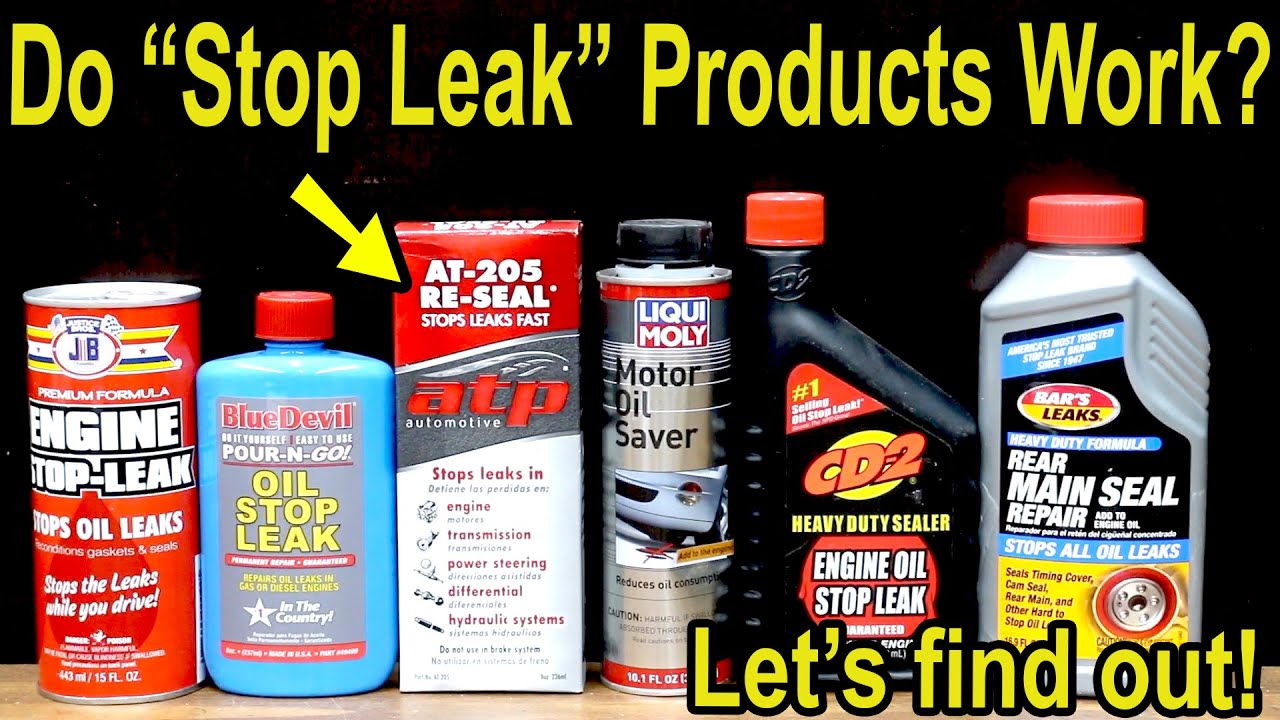Assisting in the completion of combustion, the fuel injection system ensures that the engine receives precisely measured amounts of gasoline by spraying them into the cylinder walls. Damaged or leaking fuel injectors cause a number of symptoms, including a decline in engine performance.
How to Find Out If Your Fuel Injector Is Leaking
Someone often says, “Gas smell comes inside your car,” when they mean that an external fuel injector is leaking. A comprehensive approach on checking for fuel injector leaks is provided here.

What happens if a fuel injector leaks? Take your gasoline injectors as an example; while ones and two are fine, numbers three and four are leaking. The result is that the cylinder will not get an excessive amount of fuel from the three and four injectors. A command will be sent from the computer to the electronic control module (ECM) to decrease the fuel injection rate.
The electronic control module (ECM) will cut fuel to all injectors since it cannot pinpoint which one is overspraying. Due to the ECM reducing the fuel spray from the non-leaking injectors, there will be insufficient fuel flow from both cylinders one and two.
A misfire code will be stored in your computer’s system when this occurs. Codes for cylinders 1, 2, 3, and 4 are P0301, P0302, P0303, and P0304, respectively. A misfire will occur as soon as the computer changes the spraying rate of injectors that are not leaking. From here, there might be all kinds of deviations. Keep in mind that your injectors have an effect on your engine, therefore familiarity with their operation is key.
How To Fix Leaking Fuel Injector

The same logic applies as when looking for fuel-leaking injectors: a clear view of the injector areas is required to detect any leak. Your injectors are externally leaking if the area around them is damp.
To prevent sparks, disconnect the battery after checking the injectors for external leaks. Assuming you have the right tools on hand, remove the screws that are holding your air box to clear the path.
Remove the water and air hoses that are attached to your throttle body, loosen the bolts holding it in place, and then disconnect the socket or throttle cable, whichever is appropriate for your vehicle model. Take your time unplugging each plug and cable as you go. Before you set out, survey your immediate surroundings to make sure nothing is in your path. To prevent damaging the fitting pins, carefully unplug the injector sockets.
Find any exterior leaks in your injectors with the use of your undercarriage work light. A fuel injector o ring leak is probably to blame for any fuel seen around the injectors.
Carefully remove the fuel rail by loosing its bolts, and then check each o ring separately. If the o ring gets broken in any way, you’ll need to replace it with new ones. If you have authentic, long-lasting o rings on hand, you can replace them all at once. If your o rings aren’t in good working order, air will seep out of the injectors and ruin your engine.
Conclusion
Fuel injector leaks pose a fire hazard and serious engine difficulties, as you have seen. To keep your car’s engine in good working order, correct fuel leaks as soon as you find them.
We have successfully guided you through the steps to identify a fuel injector that is leaking and how to fix it. Leave a comment below if you have any questions or thoughts.





